World ghettos: Asian District of Paris
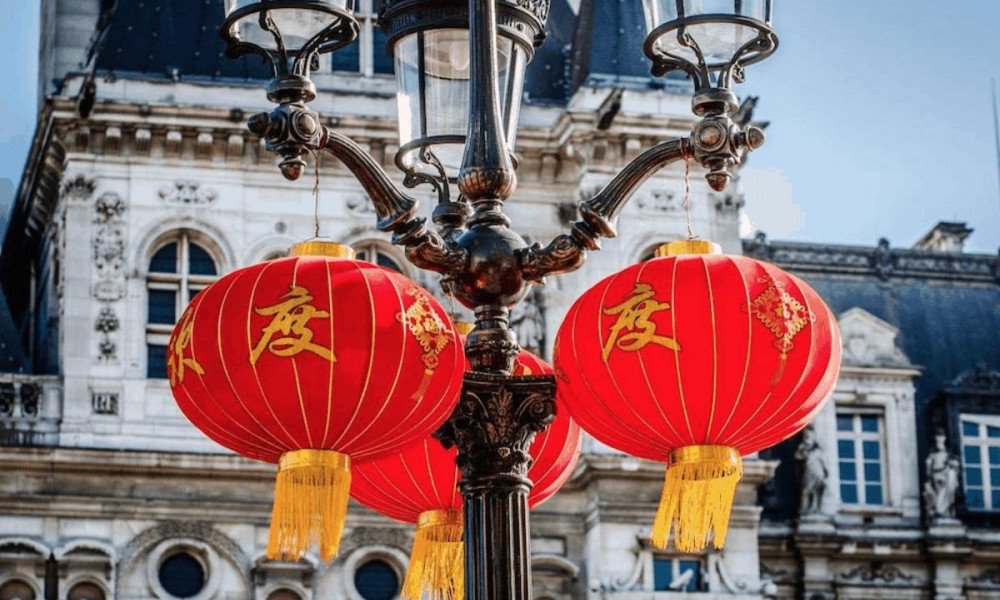
The neighborhood of Place d'Italie located in the southeast of Paris, some old-timers are still called Chinatown, and the area itself is Chinese. Nowadays, such a statement can no longer be considered as accurate as possible, because not only immigrants from Tianxia, but also from other Asian countries live in this district on an equal footing, although the importance and status of the Chinese diaspora can hardly be overestimated. After all, she became a pioneer in turning Paris into a city of migrants. At the very beginning of the XX century, when the whole France experienced a shortage of labor due to the monstrous World War I, 140 thousand Chinese arrived in the country. Most of those who went to conquer the city on the Seine, chose the quarters around Lyons station.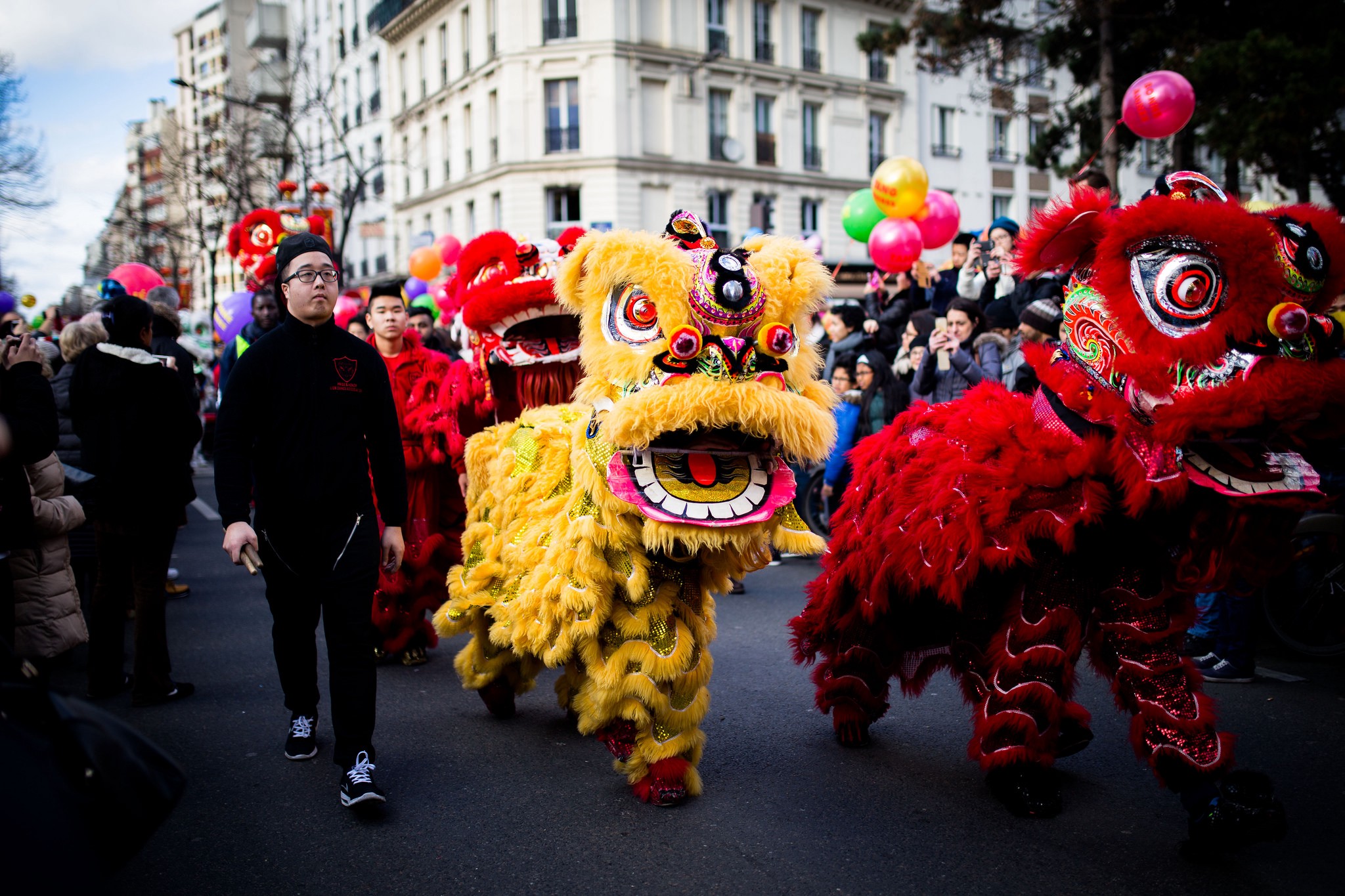
Photo medium.com
However, gradually the number of the diaspora increased, and the municipality asked it to move south, to the sleeping areas of the thirteenth arrondissement. Already in the 1960s, when the Chinese felt themselves as at home, and Place d'Italie was jokingly called the square of China, immigrants from Laos, Vietnam, Cambodia and Thailand arrived in the quarter. The 13th arrondissement, which with its streets, snack bars and population density reminded them of their native Asia, became home for those who fled the region from wars, revolutions and cataclysms.
Today, this place, located completely near the center, lives its own life. The quarter does not cause the authorities any problems, so the French themselves do not leave here, and many, on the contrary, try to settle here. Therefore, with all the desire, it is impossible to call the 13th arrondissement criminal and dangerous. As Asian nations coexist here with each other, so indigenous Parisians find a common language with the Chinese and other nationalities. Probably all because the locals are famous for their hard work. For here you can hardly find families living only on benefits and implicated in the trafficking of drugs or weapons. In honor of their traditions, Asians also respect strangers, since France has given them peace, freedom, and the opportunity to honestly earn living.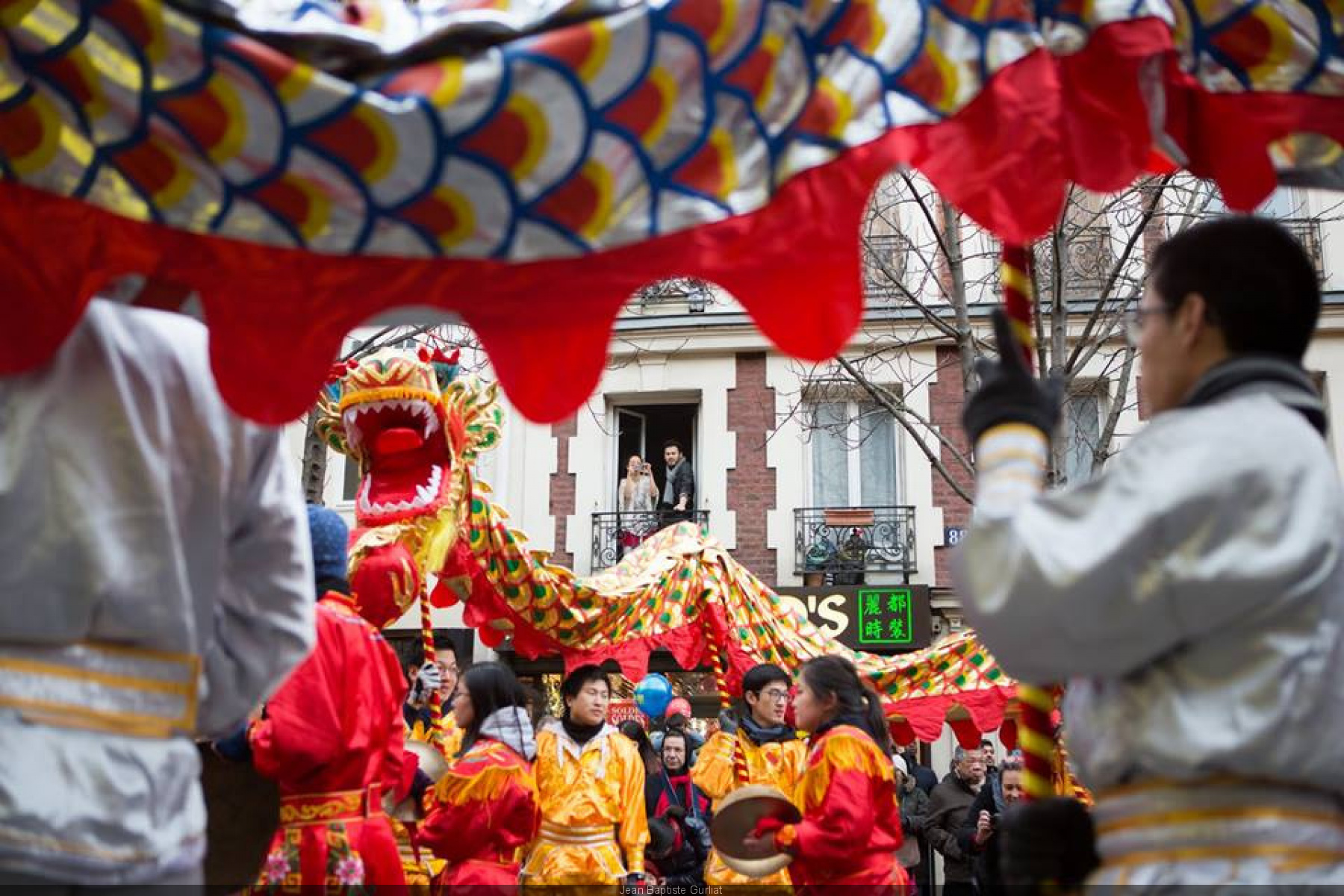
Photo sortiraparis.com
Tourists rarely get to the Paris suburbs, because even in the center you may hardly have time to attend all the sights! But the Parisians themselves adore the surroundings of Place d'Italie and often spend their weekends here. In addition to great street food, huge shopping centers, the opportunity to buy interesting goods and trinkets, the area attracts with its architecture. Built in the 1960-1970s, it is a futuristic dormitory district, the construction of which used the experimental ideas of the “city of the 21st century”. Take at least two underground streets or unusual skyscrapers. Almost all of the European cinema science fiction of the end of the last century was filmed here. Therefore, lovers of urbanism will definitely find something interesting in the Asian region, the main thing is not to get lost in these concrete labyrinths, since the residential complexes themselves, often decorated with murals, are unusual here, to match the design - Athens, Sapporo, Helsinki, the Olympics. Several houses were built in the Egyptian style, and they are called Anthony and Cleopatra. Walking around the 13th arrondissement, it seems that you are not in Paris at all, but in some sleeping area of Eastern Europe, which was designed by very creative architects.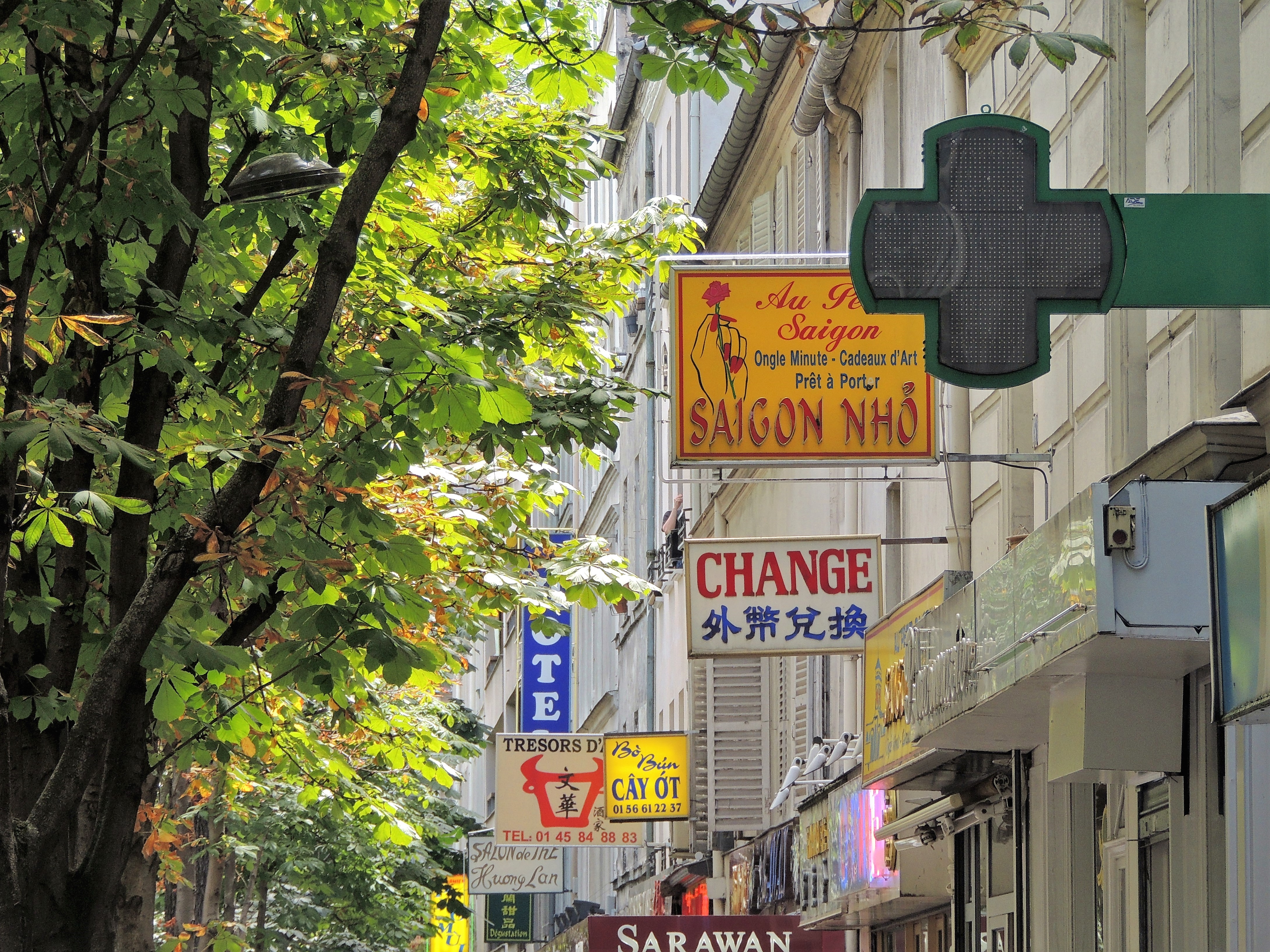 Photo enfranceaussi.fr
Photo enfranceaussi.fr
See also: World ghettos: Colorful Paris
But this is only if you look up. If you look down and sniff well at the smells of spices, fruits and incense, you will immediately forget not only about Eastern, but also about Europe in general. Small temples, vegetable stalls, fruit markets, and colorful hand-made crafts represent real Asia. Even the local McDonalds is more like some kind of oriental diner, rather than American fast food. Among the cult sites that the French and the Chinese themselves enjoy in the 13th arrondissement, the main church is Saint-Martin-des-Champs with a chapel of the 4th century, where the legendary Foucault pendulum is located. In addition to it, the Museum of Arts and Crafts, which opened its doors under Napoleon era, is also popular. Today it is a very modern and technological place where public lectures and exhibitions of scientific achievements are often held.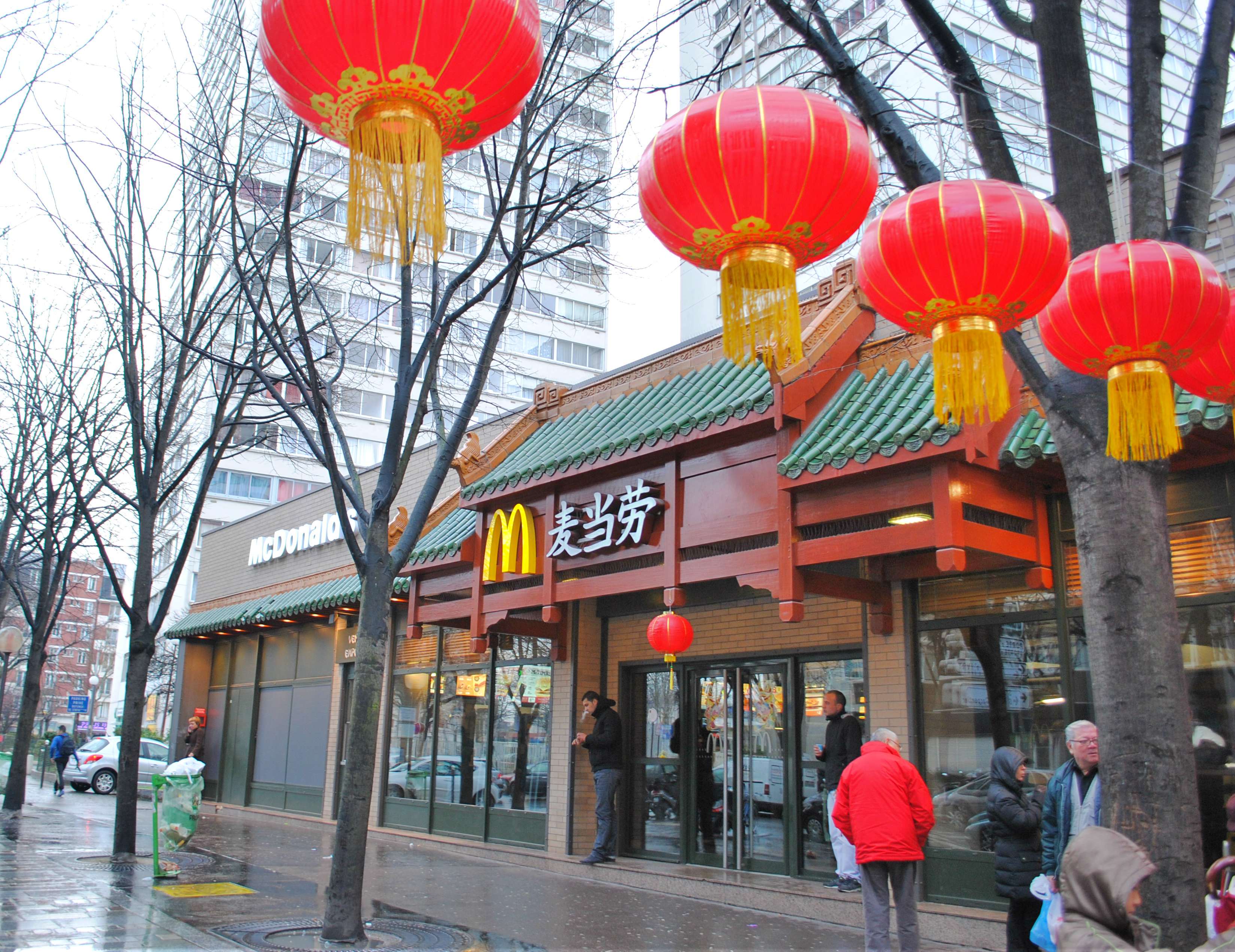 Photo onegirl-oneworld.com
Photo onegirl-oneworld.com
In general, we can say that the Asian quarter of Paris is an interesting area not only for tourism, but also for social research. The 13th arrondissement proves that ethnic enclaves are far from always dangerous places where the police are afraid to call. It turns out that even in Paris with its notorious African ghettos, there are other examples of tolerant cohabitation of different peoples, based on mutual respect. With global migration and cosmopolitanism of the entire planet in the 21st century, this cannot but rejoice.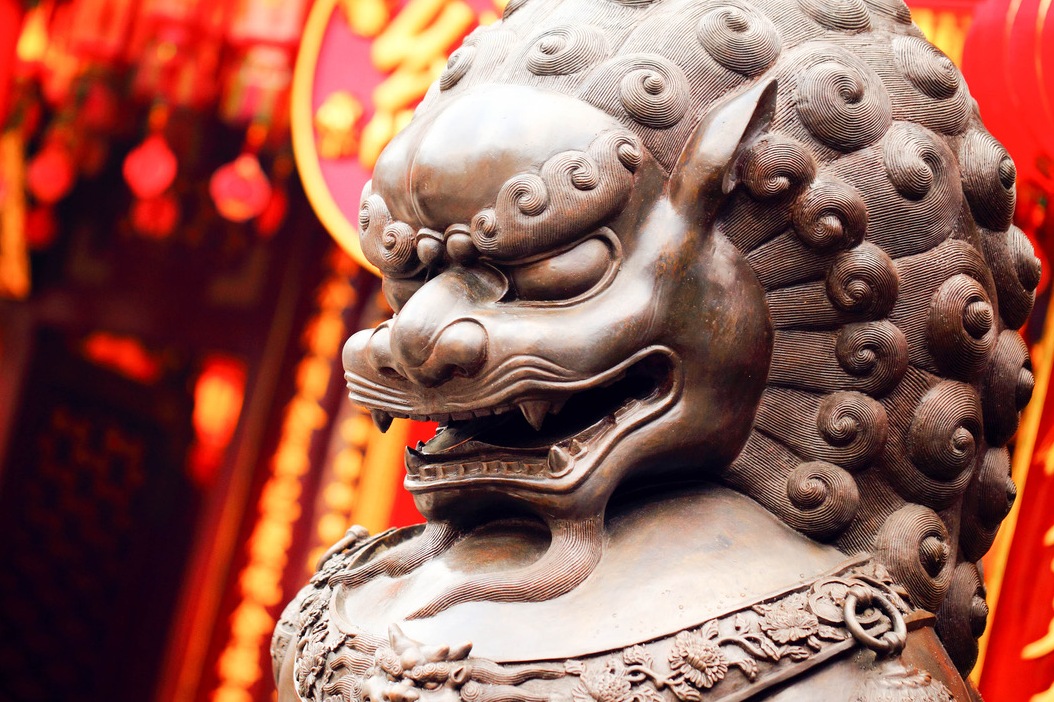 Photo chinatown.paris
Photo chinatown.paris
Cover photo pinterest.com





















